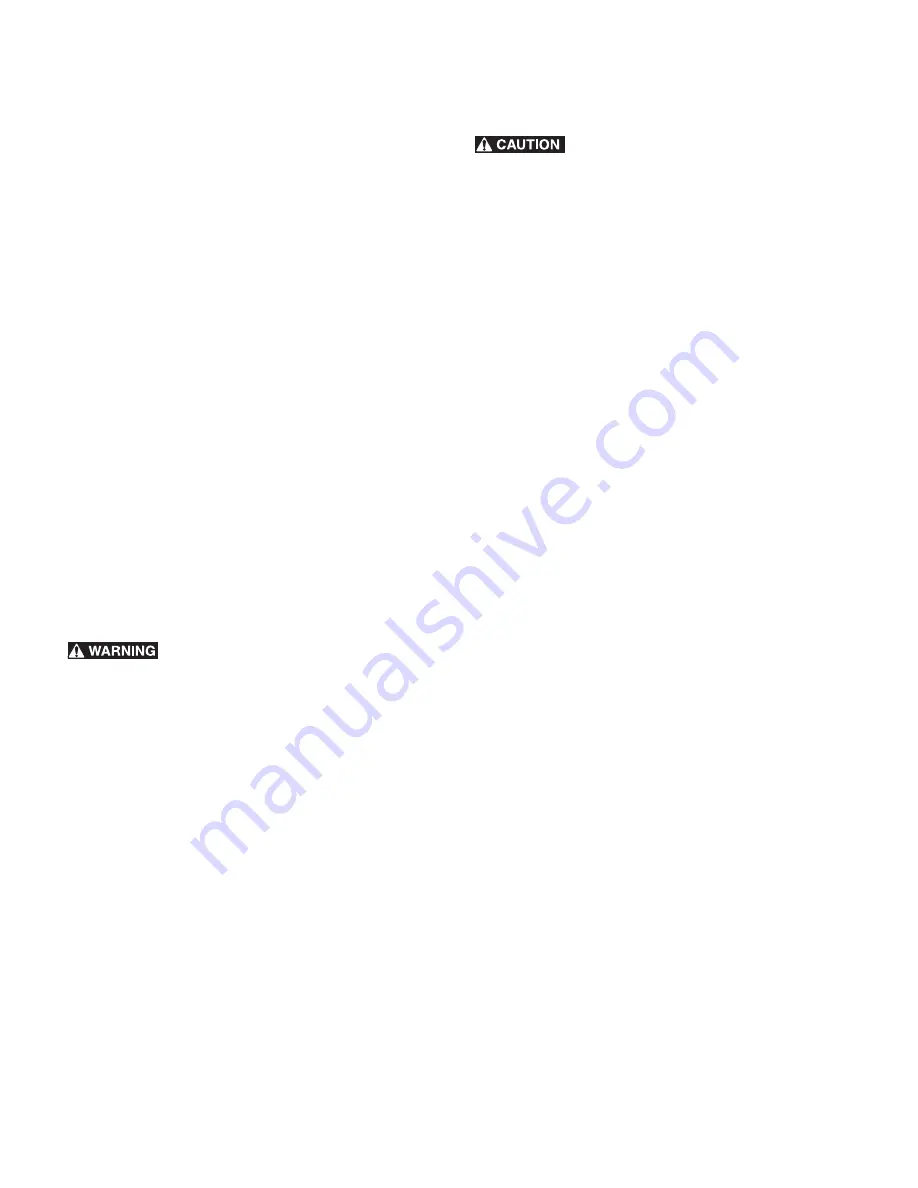
17
Setting Surface Controls
Operational Noises
The electronics generating the induction fields can produce
some sounds as the cookware is heating. But they do produce
heat at high power level.
A soft-sounding cooling fan activates when the unit is running
multiple cooking zones at once or when a cooking zone is set at
very high power settings.
•
Any buzzing sound you could hear from your cooktop is not
coming from the electronics but from the cookware you are
using. Here are some causes of this noise:
•
Most induction-ready cookware are made of several layers
of materials. An encapsulated steel layer is usually used to
harness the induction field and transform it into heat, which
is then transferred to the other materials by radiant energy.
•
The induction field will cause the steel layer to vibrate
against the other materials in which it is encapsulated. This
is the most common cause of noise from the induction
process.
•
This buzzing only happens at the higher power level
settings. Note that high quality cookware manufacturers
weld this steel layer in place which lowers or cancel this
noise.
•
Light weight cookware may also vibrate. We recommend
using heavy weight quality cookware.
•
Cookware with warped bottoms can vibrate on the ceramic
glass surface at high power settings.
The power output of your induction cooktop is
capable of warping an empty pan. Never use the higher power
settings on an empty pan. Even the highest quality cookware is
vulnerable to warping.
•
Riveted handles on cookware can also cause buzzing
sounds from the vibrations.
•
Solid cast iron and enamelware cookware should not emit
any noise. Top quality cookware made of several layers
should also be relatively quiet.
Home Canning
Canning can generate large amounts of steam.
Use extreme caution to prevent burns. Always raise the lid to
vent steam away from you. Safe canning requires that harmful
micro-organisms are destroyed and the jars are sealed
completely. When canning in a water bath canner, a gentle but
steady boil must be maintained continuously for the required
time.
Be sure to read and observe all the following points when home
canning with your appliance. Check with the United States
Department of Agriculture (USDA) website (www.usda.gov) and
be sure to read all the information they have available as well
as follow their recommendations for home canning procedures.
•
Use only quality flat bottom canners when home canning.
Use a straight-edge to check canner bottom.
•
Use only a completely flat bottom canner with no ridges
that radiate from the bottom center when home canning
using a range with a ceramic glass cooktop.
•
Make sure the diameter of the canner does not exceed 1
inch beyond the cooking zone markings.
•
Start with hot tap water to boil water quickly.
•
Use the highest heat setting when first bringing the water to
a boil. Once boiling, reduce heat to lowest possible setting
to maintain that boil.
•
Use tested recipes and follow instructions carefully. Check
with your local Cooperative Agricultural Extension Service
or a manufacturer of glass jars for the latest canning infor-
mation.
•
It is best to can small amounts and light loads.
•
Do not leave water bath or pressure canners on high heat
for an extended amount of time.
•
Alternate surface units between each batch to allow the
units and surrounding surfaces to cool down. Try to avoid
canning on the same burner unit all day.
Содержание 970C4250
Страница 44: ...424712 10 20 08 SR Printed in the U S A 02488 ...
















































